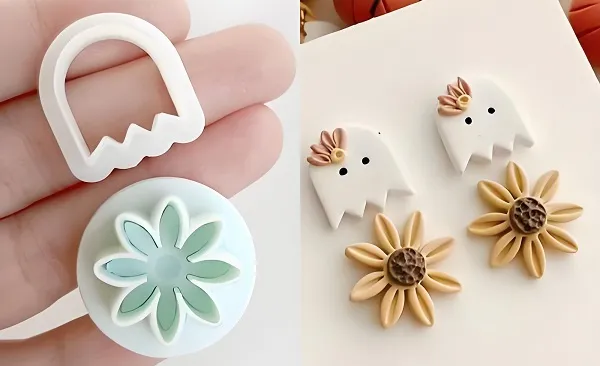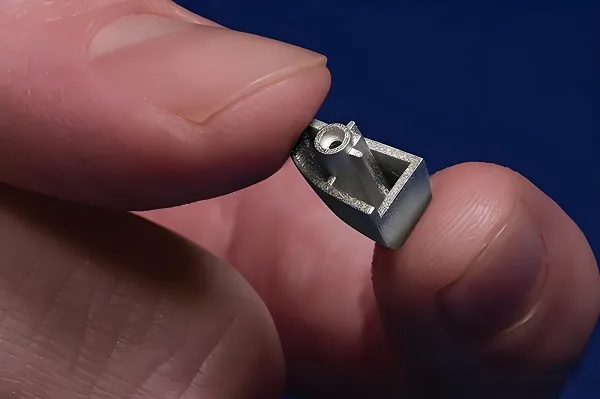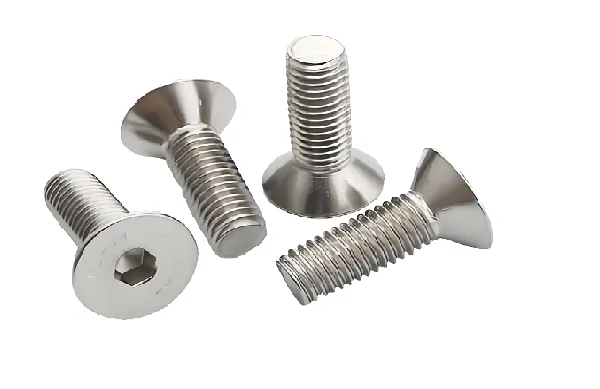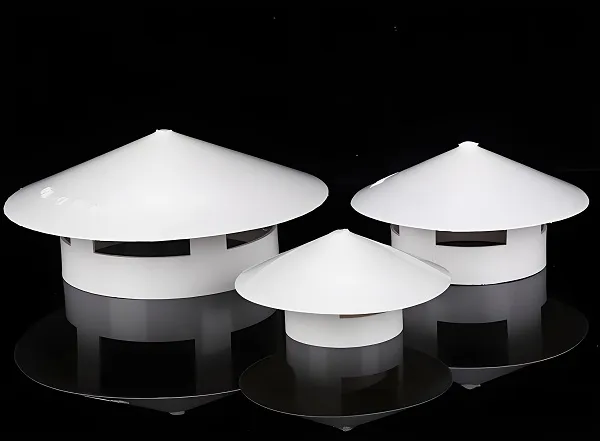Injection molding process, all known as injection molding process, is an efficient and precise method of plastic molding, which is widely used in many fields, such as machinery, automobile, electronics, medical treatment, daily necessities and so on. The following is a detailed introduction to the injection molding process:
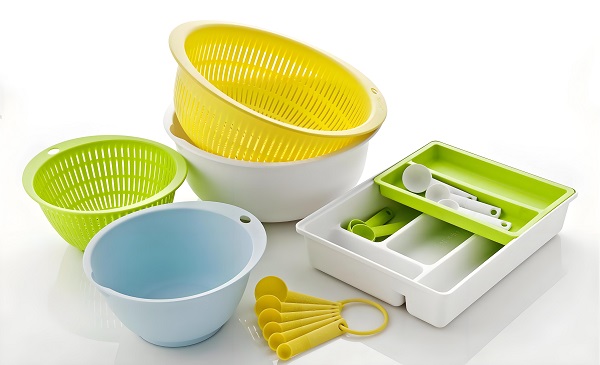
1. Technical principle of injection molding process
The injection molding process, known as the injection molding process, is a highly efficient and precise plastic molding method. Its technical principle is based on the fluidity of plastic materials in the heated molten state, through the injection molding machine will be injected into the mold cavity of molten plastic under high pressure, to be cooled and cured after demolding, to get the same shape with the mold shape of the plastic products. The core of the injection molding process is to accurately control the melting temperature of the plastic, injection pressure, injection speed and cooling time and other parameters to ensure the dimensional accuracy, surface quality and physical properties of the product.
2. Injection molding process parts customization
Injection molding process has a high degree of flexibility and customization, to meet a variety of complex shapes and sizes required for the production of parts. In the customization process, first of all, you need to carry out mold design according to the design drawings of the parts, including the structure of the mold, parting surface, gate position and other key elements. Subsequently, mold materials such as high-quality steel or aluminum are used to manufacture a mold that meets the requirements by means of precision machining and heat treatment and other processes. Finally, the mold is installed on the injection molding machine, the injection parameters are adjusted, and the trial mold and mass production are carried out. The advantage of injection molding process parts customization is to be able to quickly respond to market demand, to achieve small batch, multi-species production mode.
3. Introduction of injection molding process materials
Material: Plastic materials commonly used in the injection molding process include polyethylene (PE), polypropylene (PP), polystyrene (PS), ABS resin, nylon (PA), polycarbonate (PC) and so on.
Characteristics:
Temperature resistance: different plastic materials have different temperature resistance ranges, such as PC materials have high heat resistance, suitable for high temperature environment applications.
Mechanical properties: such as ABS resin has good impact resistance and toughness, suitable for the manufacture of parts that need to withstand a certain impact.
Processing performance: injection molding process requires plastic materials with good melt flow and processability, so as to facilitate the injection process to fill the mold cavity smoothly.
Corrosion resistance: Some plastic materials such as nylon (PA) have excellent corrosion resistance and are suitable for applications in chemical environments.
Environmental protection: With the improvement of environmental awareness, more and more injection molding process using recyclable or biodegradable plastic materials.
4. Product characteristics of injection molding process
Products: Injection molding process produces a wide range of products, including but not limited to automotive parts, electronic product shells, daily necessities, medical devices and so on.
Data:
Dimensional accuracy: the injection molding process can achieve high-precision dimensional control, generally within ± 0.1mm accuracy requirements.
Surface quality: through optimization of injection parameters and mold design, the surface of injection-molded products can achieve smooth, defect-free effect, and the roughness Ra value can be controlled below 0.4μm.
Production efficiency: injection molding process has high production capacity, an injection molding machine can produce hundreds to thousands of parts per hour.
Cost-effectiveness: The injection molding process is suitable for mass production and can significantly reduce the production cost of individual parts through the reuse of molds.
Design Freedom: The injection molding process can produce parts with complex shapes and varied structures, providing greater freedom in product design.
Injection Molding Process FAQ
Q1: What types of plastic materials is the injection molding process applicable to?
A: The injection molding process is applicable to many types of plastic materials, including but not limited to polyethylene (PE), polypropylene (PP), polystyrene (PS), ABS resin, nylon (PA), polycarbonate (PC) and so on. The exact choice of material depends on the environment and performance requirements of the product.
Q2: How to control the dimensional accuracy of products in the injection molding process?
A: The key to controlling the dimensional accuracy of products in the injection molding process lies in the precise control of injection parameters and mold design. Effective control of product dimensional accuracy can be achieved by adjusting parameters such as injection pressure, injection speed, holding time, etc., and optimizing design elements such as parting surface and gate position of the mold.
Q3: How to avoid product defects in injection molding process?
A: Common product defects in the injection molding process include shrinkage, bubbles, flying edges and so on. In order to avoid the occurrence of these defects, it is necessary to strictly control the injection parameters and mold design to ensure that the plastic material in the molten state can be uniformly and fully fill the mold cavity. At the same time, it is also necessary to pay attention to the cleaning and maintenance of the mold to avoid the impact of impurities and dirt on product quality.

